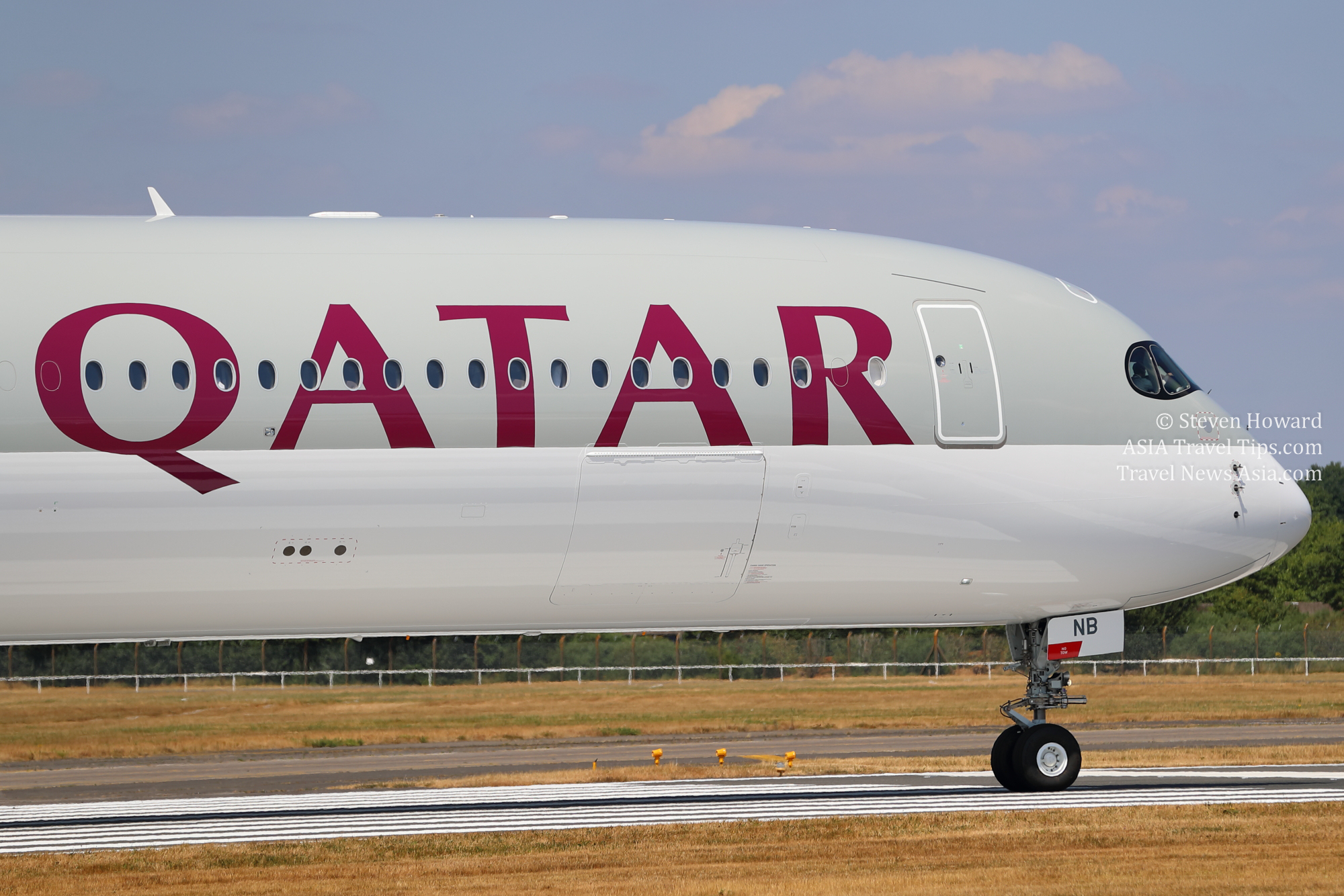|
Qatar Airways celebrated the end of 2020 with the
delivery of its 53rd Airbus A350 on the final day of the year.
The
national carrier of the State of Qatar is the largest operator of
Airbus A350 aircraft with 34 A350-900 and 19 A350-1000.
The A350-1000 is fitted with the
airline�s Qsuite Business Class seat and
will operate on strategic routes to and from Africa, the Americas,
Asia-Pacific and Europe.
Qatar Airways Group Chief Executive, Mr.
Akbar Al Baker, said, �Despite the challenges of
the pandemic, we continue to invest in our fleet, operating the
youngest, most fuel-efficient and technologically advanced
aircraft in the skies. This strategic investment in sustainable
twin-engine aircraft has enabled us to continue flying during the
most challenging year in aviation�s history, helping take over 3.1
million people home since the start of the pandemic. As global
travel recovers, our passengers can rely on us to fly greener and
smarter with more flights to more destinations via the Best
Airport in the Middle East, Hamad International Airport.�

Passengers travelling on-board Qatar Airways�
state-of-the-art Airbus A350-1000 can enjoy:
- The widest cabin body of any class with larger
windows creating an extra spacious feel;
- The widest seats of any aircraft in its category
with generous room in all classes;
- Advanced air system technology including HEPA
filters, which deliver optimal cabin air quality, renewing air
every two to three minutes for more comfort and less fatigue;
- LED mood lighting which mimic a natural sunrise
and sunset to help reduce the effects of jet lag; and
- The quietest cabin of any twin-aisle aircraft that
includes a draft-free air circulation system resulting in a low
ambient cabin noise level for a more peaceful journey.
Due to COVID19�s impact on travel demand, the
airline has grounded its fleet of Airbus A380. The airline�s internal benchmark
compared the four-engine A380 to the twin engine A350 on routes from Doha to Guangzhou,
Frankfurt, London, Melbourne, New York, Paris and Sydney. On a
typical one-way flight, the airline found the A350 aircraft saved
a minimum of 16 tonnes of carbon dioxide per block hour compared
to the A380. The analysis found that the A380 emitted over 80%
more CO2 per block hour than the A350 on each of these routes. In
the cases of Melbourne and New York, the A380 emitted 95% more CO2
per block hour with the A350 saving around 20 tonnes of CO2 per
block hour.
The airline has said that until passenger demand recovers to appropriate levels,
it will continue to keep its A380 aircraft grounded.
See latest
Travel Industry News,
Video
Interviews,
Podcasts
and other
news regarding:
COVID19,
Qatar Airways,
Airbus,
A350.
|
Headlines: |
|
|
